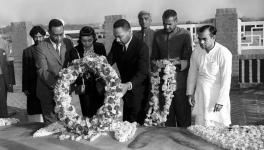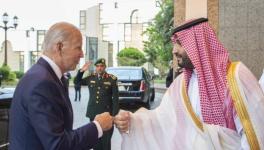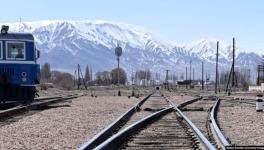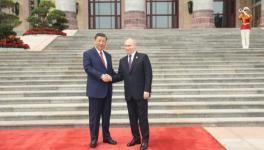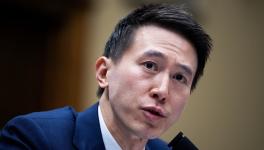The Uncertainty in the Tibetan Diaspora

Image Courtesy: AsiaNews
On November 23, 2017, the Dalai Lama made a statement that rattled the Tibetan diaspora. At an interactive session organised by the Indian Chamber of Commerce in Kolkata, he reiterated his position on Umaylam or the Middle Way Approach as a solution to the Tibet issue by saying “We are not seeking independence... We want to stay with China. We want more development.”
Tibetan Youth Congress (TYC), a powerful body among the Tibetan diaspora, has responded to this by announcing a nationwide campaign in India calling for Tibetan independence. They have termed the march as ‘Bharat Jagran Yatra’. The march will begin from December 10, from Chennai, Dharamshala, and Salugara in West Bengal. The march is set to reach Delhi on December 11, just in time for the Russia-India-China (RIC) meeting.
This brings to fore fissures among the Tibetan diaspora that have been simmering over the years, something that has mostly been ignored by international media which has always portrayed Tibet as an independent Shangrila that has been brutally invaded and annexed by an autocratic communist state. The Dalai Lama living in exile became the face of the Tibetan struggle against Chinese rule. However, if one were to scratch the surface, the story becomes more complicated.
The Dalai Lama’s government had advocated Umaylam. This meant that he had consistently sought greater autonomy for the Tibetan people living in the Tibet Autonomous Region (TAR), Gansu, Qinghai, Sichuan, and Yunnan provinces. But due to the talks going nowhere, and with no solution in sight, a section of the Tibetan community began to question Umaylam. These doubts arose mostly among young people, who have no memory of an independent Tibet. They, however, kept their feelings private, lest they be branded anti-Dalai Lama.
In 2001, the Rangzen or independence movement began.It was led by Thubten Jigme Norbu, former Abbot of the Kumbum monastery and Professor Emeritus at the Indiana University in the United States of America. It was after breakdown of talks between the Dalai Lama’s negotiators and the Chinese Government that the Rangzen movement began to get more traction, with support from the TYC. In 2011, the Dalai Lama, showing his commitment towards creating a secular democracy in Tibet, stepped down as the head of state. Elections were held soon after and Lobsang Sangay was elected Prime Minister of the Tibetan Government in exile.
Sangay has expressed his commitment to the Dalai Lama’s Umaylam. However, in a speech he gave in 2013, in New Delhi at a four-day Tibetan People’s Solidarity Campaign organized by the Tibetan Government in Exile, he likened the Tibetans protesting against Chinese repression to that of the Indian freedom struggle. This resulted in him sending mixed signals, as on one hand, he was expressing his support to the middle way, but on the other, his statements sounded closer to Tibetan independence.
Now, after the Dalai Lama’s latest statement, the diaspora has to begin a search for clarity again.
Get the latest reports & analysis with people's perspective on Protests, movements & deep analytical videos, discussions of the current affairs in your Telegram app. Subscribe to NewsClick's Telegram channel & get Real-Time updates on stories, as they get published on our website.












